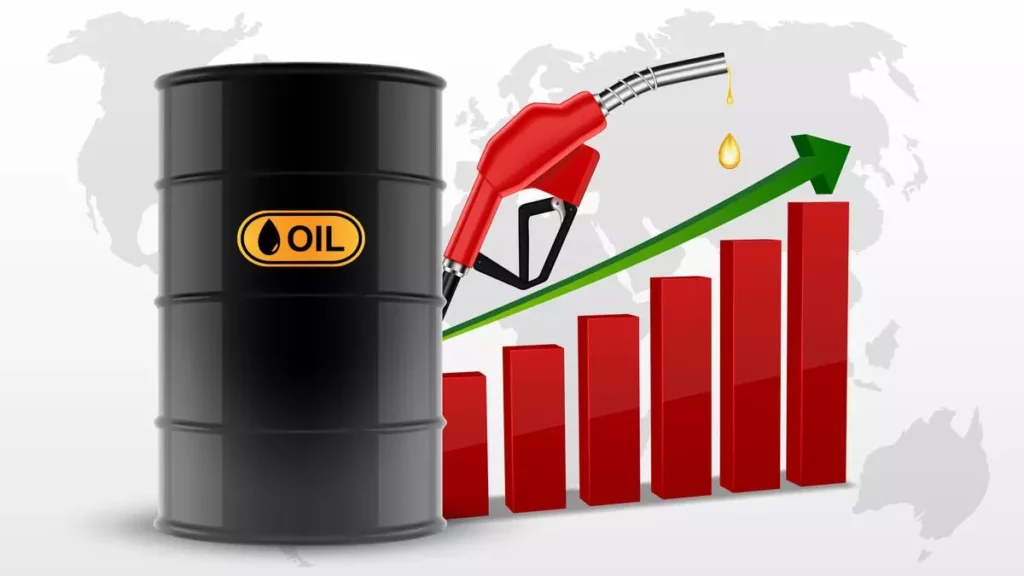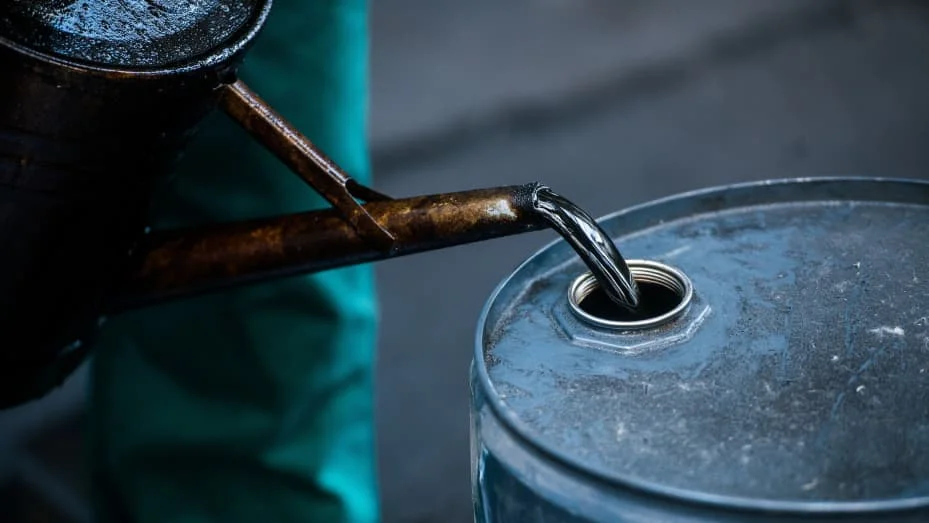As oil prices approach the $100 per barrel mark, specific varieties of crude oil have already exceeded this threshold, reflecting growing concerns about constrained supply in the market.
LSEG data indicates that the outright price of Nigerian crude Qua Iboe surpassed $100 a barrel on Monday, while Malaysian crude Tapis reached $101.30 last week, as reported by Bjarne Schieldrop, an analyst at Swedish bank SEB.

Investor attention is focused on the oil market, which has reached its highest level in 2023. This surge in prices is primarily driven by concerns about a supply deficit in the fourth quarter, following Saudi Arabia and Russia’s decision to extend supply cuts. Many other members of the OPEC+ group are also curbing their oil production.
Schieldrop noted that Saudi Arabia and Russia wield significant control over the oil market.
On Monday, Brent oil futures, a global benchmark, traded as high as $94.89, while the related benchmark used for trading a substantial portion of the world’s physical oil cargoes, known as dated Brent, stood just above $96, according to LSEG.
Certain crudes like Qua Iboe have already surpassed the $100 mark because they are priced against Brent. They are based on the price of dated Brent plus a cash differential or premium, which is currently assessed at around $4.25 per barrel.
Schieldrop suggested that dated Brent is highly likely to rise above $100, as it would require only minor fluctuations to reach that level.
Swiss bank UBS also anticipates that Brent futures will reach triple digits, forecasting that Brent will trade in a range of $90–100 over the coming months, with a year-end target of $95, according to UBS analyst Giovanni Staunovo.




